Are you worried that your hair will be damaged by using heat-styling tools? A few tell-tale signs can help you determine if your hair is suffering from heat damage.
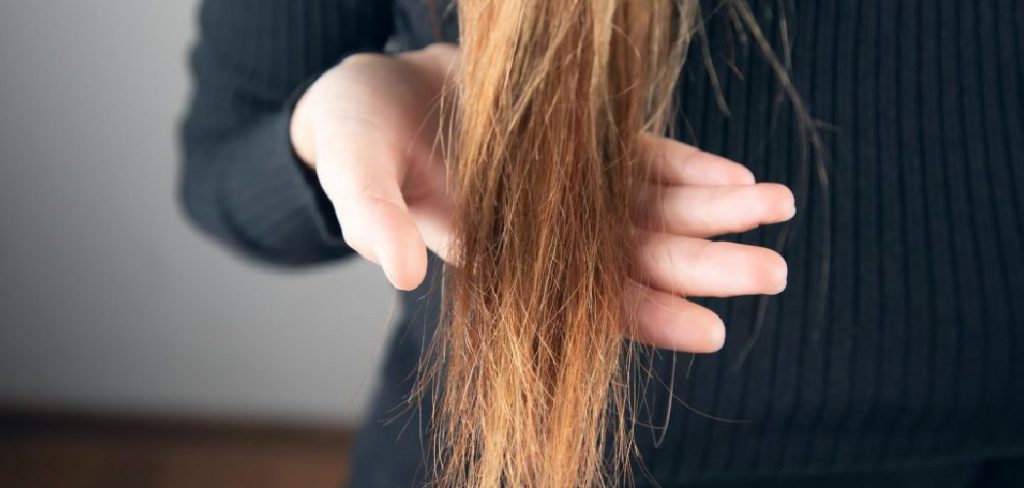
Heat styling tools like straighteners, curling irons, and blow dryers have become essential in our hair care routines, helping us achieve the desired looks. However, excessive heat exposure can lead to hair damage over time. Heat damage occurs when the high temperatures from styling tools strip away the moisture from the hair, causing it to become dry, brittle, and prone to breakage.
In this article on how to tell if your hair is heat damaged, we will explore key indicators that can help you determine if your hair has been heat damaged, empowering you to take the necessary steps to repair and protect your strands.
What Will You Need?
- A comb or a brush
- Hair clips
- A hand mirror
Once you have these tools ready, let’s begin!
10 Easy Steps on How to Tell if Your Hair is Heat Damaged
Step 1. Inspect Your Hair Texture
Look closely at your hair texture to identify changes that may indicate heat damage. Here are some key factors to consider:
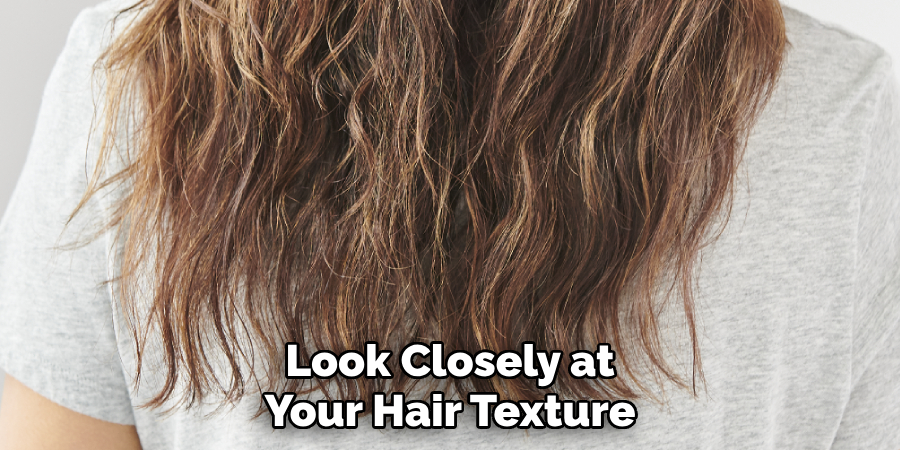
- Lack of Elasticity: Heat-damaged hair often loses its natural elasticity. Gently stretch a strand of hair and observe how it responds. It may be a sign of heat damage if it doesn’t bounce back to its original shape or breaks easily.
- Rough and Brittle Texture: Heat-damaged hair tends to feel rough, dry, and brittle to the touch. Run your fingers through your hair and pay attention to its texture. If it feels scorched and lacks its usual smoothness, it could result from heat damage.
- Loss of Shine: Heat-damaged hair often loses its natural shine and appears dull and lackluster. Examine your hair under different lighting conditions to assess its level of shine.
By carefully examining your hair texture, you can gather valuable insights into its condition and determine if heat damage has occurred. Remember, early detection is key to taking the necessary steps to repair and protect your hair.
Step 2. Look for Split Ends
Split ends are a classic indicator of hair damage, including heat damage. Examine the ends of your hair closely under good lighting. Split ends occur when the protective outer layer of the hair, known as the cuticle, is damaged, causing the strand to fray or split into two or more pieces.
You may notice that the ends appear frizzy, uneven, or thinner than the rest of the strand. Trimming your split ends regularly is essential to prevent the damage from traveling further up the hair shaft. If split ends are abundant and recurring, it may be time to reassess your heat styling habits and incorporate more protective measures into your routine.
Step 3. Check for Frizz and Flyaways
Frizz and flyaways are other common signs of heat-damaged hair. Hair exposed to excessive heat often loses its natural moisture, leading to a dry and porous texture, which makes it more prone to frizz. Observe your hair under natural light or after styling to check for this.
If you notice a significant increase in frizz or short, broken strands that refuse to lay flat, this could indicate damage caused by heat styling. While some frizz can be expected depending on your hair type, persistent or uneven frizz, even after applying smoothing products, may point to underlying heat damage. Addressing this issue involves adopting a more hydrating hair care routine and minimizing heat usage.
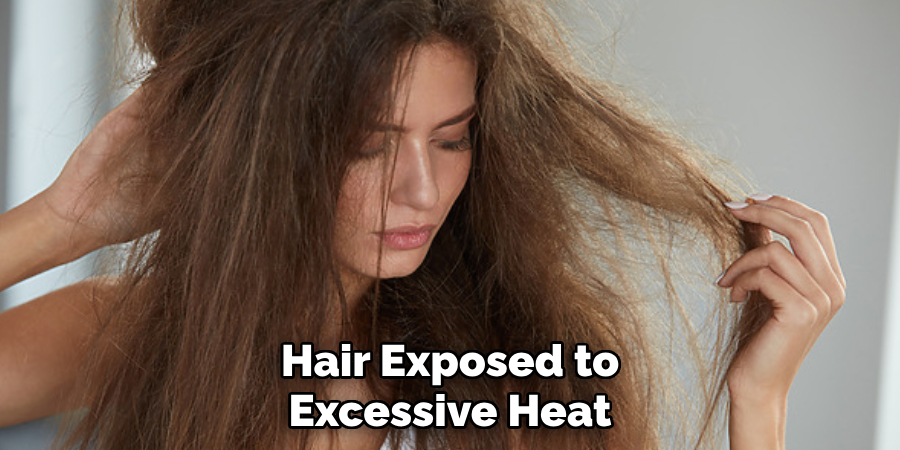
Step 4. Observe Changes in Hair Color
Heat damage can also manifest in changes to your hair color. If you notice that your hair has become lighter or duller in color, it could be a sign of heat damage. Heat-damaged hair often loses its natural pigmentation due to the breakdown of melanin, resulting in a less vibrant and dull appearance.
Additionally, suppose you regularly use hot tools on colored or bleached hair. In that case, the high temperatures can cause the color molecules to break down faster, leading to fading and premature loss of vibrancy.
Step 5. Assess Your Scalp Health
Healthy hair starts with a healthy scalp, but heat damage can also impact your scalp’s condition. Examine your scalp for any signs of dryness, flakiness, or irritation, as excessive heat exposure can strip away its natural oils. A dry or itchy scalp might suggest heat damage or overuse of heat tools without proper protection.
Additionally, observe whether there is an unusual increase in hair shedding or weakened roots, as heat damage can weaken the hair follicles over time. To maintain a healthy scalp, ensure regular moisturizing treatments and reduce the frequency of direct heat application to the scalp area.
Step 6. Take Note of Changes in Hair Growth Patterns
Heat damage can also affect the growth patterns of your hair, leading to changes in thickness, density, and even waviness. If you notice that your hair is thinner or has lost its usual volume, this could be due to heat damage. Excessive heat exposure can cause the hair cuticles to become raised, making the strands appear thinner and flatter. Similarly, if you regularly curl or straighten your hair with hot tools, it can alter its natural texture and lead to a change in wave patterns.
Step 7: Investigate Your Styling Routine
Examining your styling routine is one of the best ways to determine if your hair is heat damaged. Be honest with yourself and reflect on how often you use heat tools, the temperature settings you use, and whether you use any heat-protectant products. If you notice that your hair is exposed to high temperatures regularly without proper protection, this could be a significant cause of heat damage.
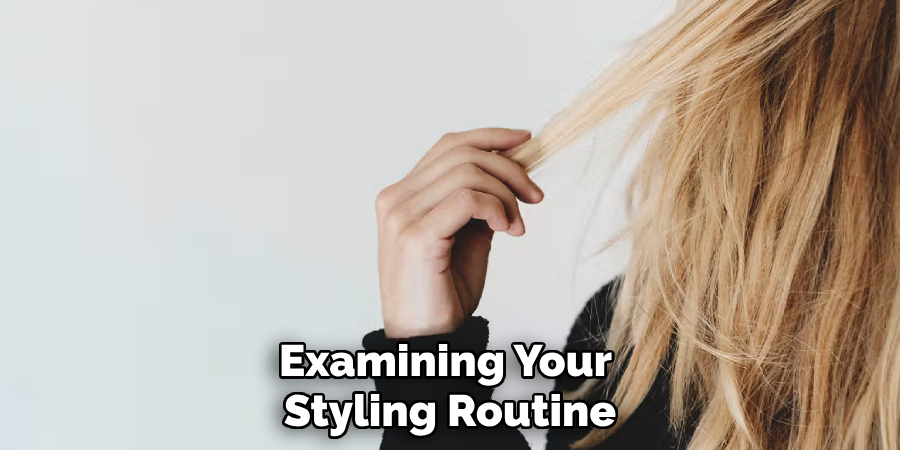
Step 8: Consider Your Hair History
It’s essential to consider your hair history when assessing for heat damage. Have you recently undergone any chemical treatments or color services? How frequently do you trim your ends? Do you have a habit of pulling on your hair while styling it? These factors can contribute to heat damage over time and may require changes in your hair care routine to repair and prevent further damage.
Step 9: Seek Professional Advice
If you are still determining the condition of your hair or have been experiencing severe damage, it’s always best to seek professional advice from a hairstylist. A trained stylist can assess the extent of the damage and recommend appropriate treatments and products to help restore your hair’s health. They can also provide guidance on proper heat styling techniques and how to protect your hair in the future.
Step 10: Prevention is Key
Ultimately, the best way to deal with heat-damaged hair is by preventing it from occurring in the first place. This involves incorporating protective measures into your styling routine, reducing the frequency of heat usage, and adopting a nourishing hair care regimen. By taking these steps, you can maintain healthy and luscious locks without compromising on style. Remember, your hair deserves love and care, so give it the TLC it needs to thrive!
By following these steps and being mindful of your heat styling habits, you can identify and address heat damage early on, ensuring healthy and beautiful hair in the long run.
5 Things You Should Avoid
- Excessive Heat Styling: Using heat-styling tools like flat irons, curling irons, and blow dryers can cause significant damage to your hair. Avoid using high heat settings and limit the frequency of heat styling to protect your hair from heat-related harm.
- Skipping Heat Protectant Products: Heat protectant sprays or serums are essential in creating a barrier between your hair and the heat. Take advantage of this crucial step before using heat-styling tools to minimize the damage caused by high temperatures.
- Using Hot Tools on Wet Hair: Applying heat-styling tools directly on wet hair can cause severe damage. Ensure your hair is parched before using heat-styling tools to prevent excessive heat exposure.
- Overusing Hair Dryers: Frequent and prolonged use of hair dryers can lead to heat damage. Allow your hair to air dry naturally, or use the lowest heat setting on the hair dryer to minimize the risk of hair damage.
- Neglecting Regular Trims: Split ends and dry, brittle hair are signs of heat damage. Regular trims every 6-8 weeks help remove damaged ends and promote healthier hair growth. Don’t skip those routine trims to maintain your hair’s overall health and vitality.
By avoiding these damaging habits and maintaining a healthy hair care routine, you can help prevent and identify heat damage, ensuring your hair remains strong, vibrant, and resilient.
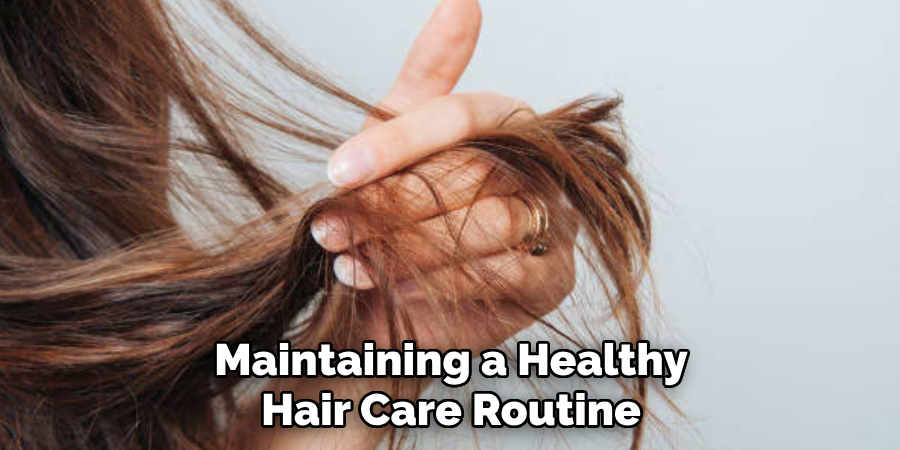
Conclusion
Heat styling can be a valuable tool to achieve your desired hairstyles, but it can also cause significant damage if not used correctly. Understanding the signs of heat damage and taking preventive measures is crucial in maintaining healthy and beautiful hair.
You can enjoy fabulous, heat-styled hair with proper care and attention without compromising its health. Remember to listen to your hair’s needs, provide it with nourishment and protection, and seek professional advice when needed to keep your locks looking their best.
Hopefully, the article on how to tell if your hair is heat damaged has helped you identify any potential heat damage and provided helpful tips on how to prevent and repair it. So embrace your natural beauty and take care of your hair with love!
About the Author
Jane Hubbard is a passionate beauty expert with a wealth of experience in makeup, hair, and overall beauty techniques. After years of working as a hairdresser specialist, she followed her entrepreneurial spirit and started her own consultancy business.
Jane has always been driven by her desire to help others feel confident in their own skin, and she does this by sharing her knowledge, experiences, and practical beauty tips. Through her consultancy, she empowers individuals to embrace their unique beauty, offering tailored guidance that boosts both self-esteem and personal style.
Professional Focus
- Specializes in makeup, hairstyling, and beauty consulting.
- Provides personalized beauty advice, tips, and techniques to help individuals feel confident in their appearance.
- Dedicated to staying up-to-date with the latest industry trends and developments.
- Passionate about creating a comfortable and empowering experience for every client.
Education History
- University of Craft and Design – Bachelor of Fine Arts (BFA) in Woodworking and Furniture Design
- Woodworking Apprenticeships – Extensive hands-on training with skilled craftsmen to refine carpentry and furniture making techniques
- Online Courses & Masterclasses – Continued education in advanced woodworking techniques, design principles, and specialized tools
Expertise:
- Makeup artistry, hairstyling, and beauty consulting.
- Personalized beauty techniques to enhance confidence and self-expression.
- Educating clients on how to maintain their beauty routines at home.
